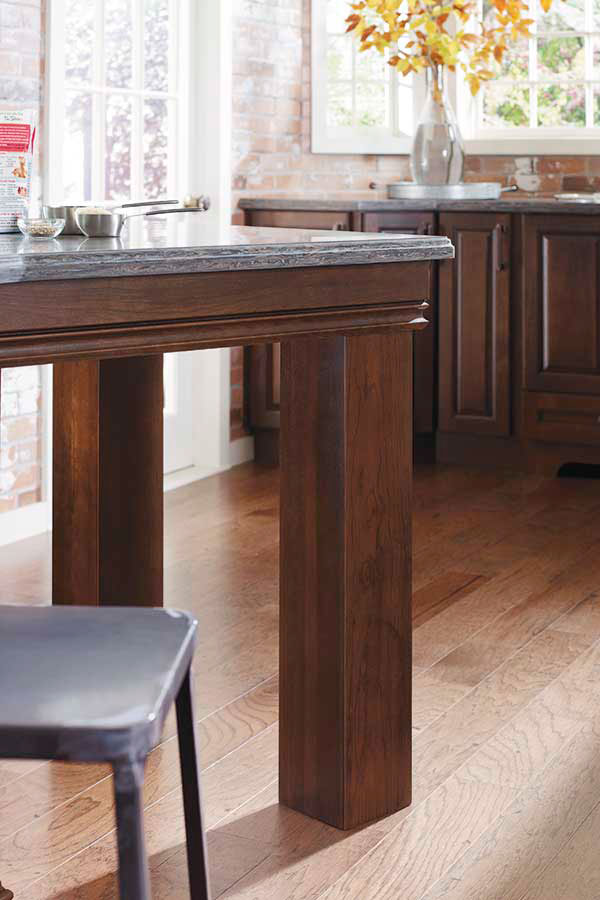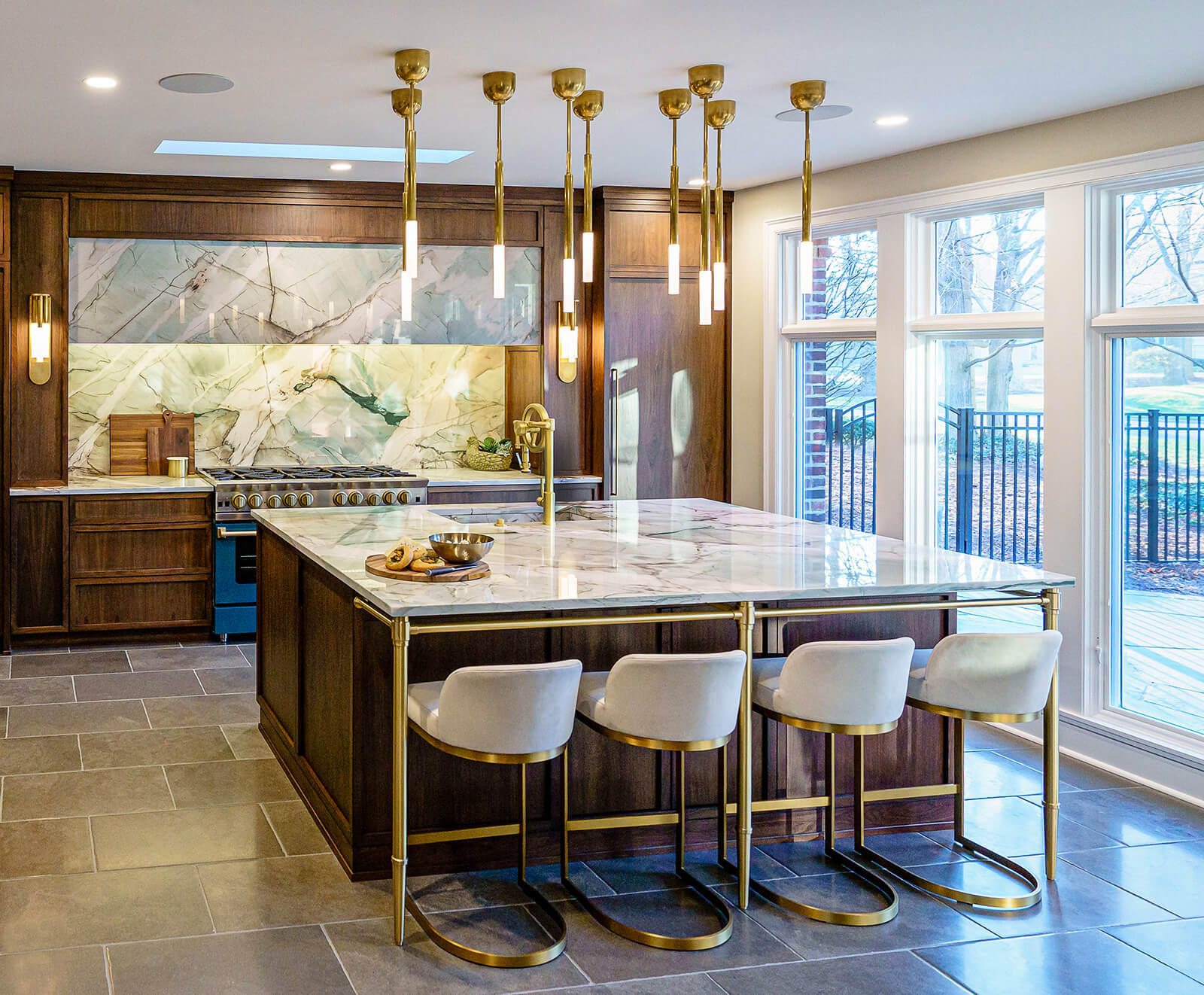Transform Your Kitchen's Look with Distinct Legs For Kitchen Island Accessories
Transform Your Kitchen's Look with Distinct Legs For Kitchen Island Accessories
Blog Article
Secret Considerations for Finding the very best Legs For Kitchen Area Island for Your Style
When selecting the ideal legs for your kitchen island, several crucial factors to consider come into play that can considerably impact both performance and aesthetic appeals. The option of elevation, product, and style need to align with your overall cooking area layout to guarantee an unified appearance.
Determine Your Design Choice
Establishing your design preference is important when picking the ideal legs for your cooking area island. The legs of your kitchen island not just serve a useful purpose however also contribute dramatically to the total aesthetic of the space. For that reason, identifying your design style-- be it modern, rustic, conventional, or commercial-- is important.
For a contemporary kitchen, think about streamlined, minimalistic legs that enhance tidy lines and open spaces. In comparison, a rustic setup may profit from even more durable, farmhouse-style legs made of redeemed products. Conventional cooking areas typically prefer turned or luxuriant legs, which can include a touch of sophistication and sophistication. On the other hand, a commercial visual may require metal legs that emphasize a raw, incomplete look.
In addition, think about the height and proportion of the legs in relation to the island's surface. Eventually, your style preference will affect not only the selection of legs however also the general consistency of your kitchen area's layout.
Select the Right Material
Choosing the ideal material for your kitchen area island legs is essential in guaranteeing both longevity and aesthetic appeal. Various materials offer unique advantages, and the option typically shows your layout preferences and useful requirements.
Timber is a popular selection, offering heat and convenience. It can be discolored or painted to match your kitchen area style, making it versatile to numerous designs, from rustic to contemporary. However, timber might need regular upkeep to preserve its appearance and integrity.

If you seek an one-of-a-kind touch, consider acrylic or glass products. They can produce an impression of area and lightness in your cooking area, making them an outstanding option for smaller locations - Legs For Kitchen Island. Nevertheless, these choices might call for cautious handling and upkeep to prevent scrapes.
Inevitably, the material you select must straighten with your kitchen's general layout, guaranteeing that the legs serve both practical and decorative purposes.
Think About Elevation and Proportions
When developing a cooking area island, height and proportions play a critical function in making sure functionality and convenience,. The basic height for a kitchen island generally varies from 36 to 42 inches, aligning with conventional counter heights or bar heights, respectively. This measurement is crucial for integrating with bordering counter tops and feceses, enabling convenience of usage throughout meal prep work and social interactions.
Additionally, the island's proportions should enhance the overall cooking area design. A well-proportioned island ought to not overwhelm the space; instead, it must create a well balanced visual. Take into consideration the proportion between the island's width and length, ensuring it provides ample surface location without crowding the kitchen area. A general guideline is to preserve a width of 24 to 48 inches, helping with motion and access.
Additionally, the elevation of the legs or base can affect the visual allure and capability. Taller legs might provide a much more contemporary, ventilated feeling, while shorter ones can evoke a traditional, grounded look. Inevitably, thoroughly thinking about height and proportions will result in a cooking area island that is both aesthetically attractive and functionally effective, improving the total style of the room.
Assess Security and Resilience
A cooking area island's legs must not only complement its height and proportions yet additionally supply ample stability and toughness to sustain more helpful hints everyday tasks. The legs are necessary to the general functionality of the island, as they birth the weight of the countertop and any added lots, such as devices or cooking jobs.
When evaluating stability, it is essential to take into consideration the leg design and product. For instance, strong steel or strong hardwood legs frequently provide superior toughness contrasted to lighter products like engineered wood or plastic. Additionally, a larger base can improve stability, minimizing the threat of tipping or wobbling throughout use.
Resilience is similarly vital; the legs ought to withstand damage from daily use. Think about surfaces that secure against scratches, dents, and dampness, particularly in a cooking area environment. In addition, examine the quality of building, such as joints and fastenings, which can significantly affect the legs' long-term efficiency.
Ultimately, purchasing well-crafted legs that focus on security and sturdiness will certainly ensure your kitchen area island continues to be a dependable work area for many years to come, enhancing your cooking experiences while preserving visual charm.
Consider Maintenance and Treatment
Maintenance and treatment are essential considerations for making sure the longevity and efficiency of cooking area island legs. When selecting legs, it is important to evaluate the products used, as various options require differing degrees of upkeep. For instance, wooden legs might need regular refinishing or sealing to stop dampness damages and scrapes, while steel legs may need routine brightening to keep their shine and protect against corrosion.
Additionally, the coating applied to the legs can affect upkeep demands. A high-gloss coating might be easier to tidy however could reveal finger prints and scratches extra readily than a matte coating. It is advisable to select materials and surfaces that complement your way of life; for instance, if you frequently host events, opt for sturdy materials that can endure deterioration.
Additionally, take into consideration the cleaning procedure entailed in preserving these legs. Smooth surface areas usually require marginal effort, while elaborate styles may build up dirt and crud, demanding even more labor-intensive cleaning methods. Legs For Kitchen Island. Ultimately, factoring in the maintenance and care required for your picked kitchen island legs will certainly not only enhance their aesthetic appeal yet also guarantee their practical integrity over time
Verdict
In verdict, choosing the ideal legs for a kitchen area island demands cautious consideration of various elements, including design style, product selection, elevation, upkeep, and security. Each element plays an important function in guaranteeing that the legs not just enhance the visual appeal of the kitchen area yet likewise offer the needed support and longevity for daily use. A well-informed choice will ultimately add to a functional and aesthetically pleasing cooking area atmosphere.
The legs of your kitchen island not only serve a functional function but also add dramatically to the overall aesthetic of the room.Maintenance and care are crucial factors to consider for guaranteeing the durability and efficiency of cooking area island legs. Wood legs may call for routine refinishing or securing to avoid dampness damage and scrapes, while metal legs might need regular brightening to keep their sparkle and prevent rust.
Inevitably, factoring in web the maintenance and treatment required for your picked kitchen area island legs will certainly not only boost their visual charm yet also guarantee their useful stability over time.

Report this page